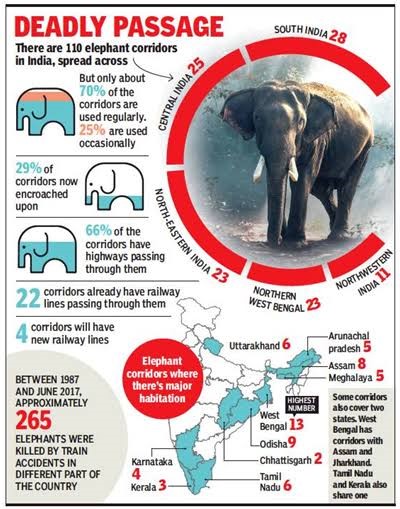7667766266
enquiry@shankarias.in
The Kerala forest department captured a rogue tusker (PT 7 or Palakkad Tusker 7) that had been raiding villages in Palakkad district for over a year.

References